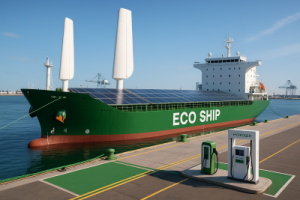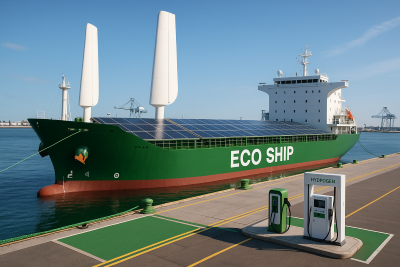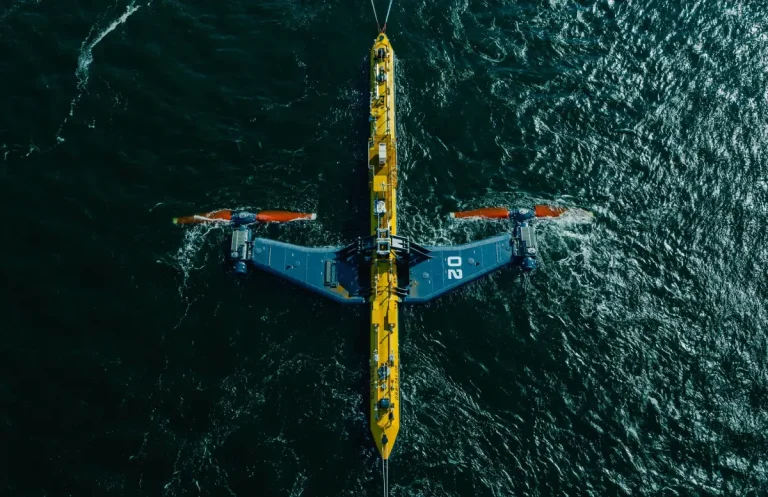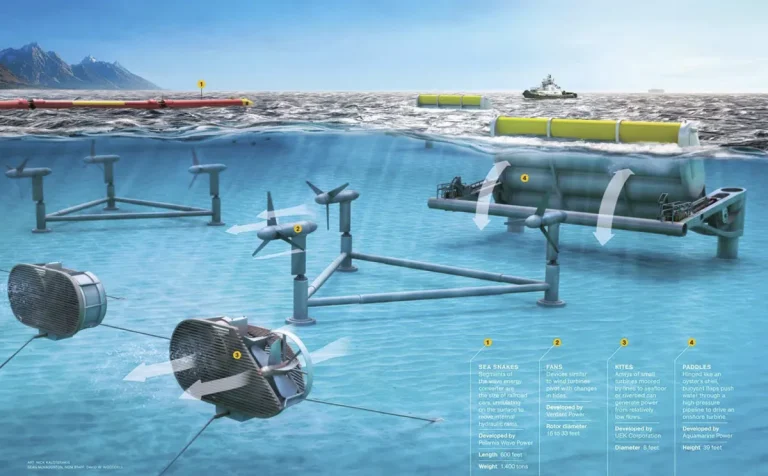Green Energy for Ships: Overcoming Transitional Hurdles in Implementation
As the global maritime industry sets sail toward sustainability, the transition to green energy for ship machinery and propulsion presents numerous challenges. Although the environmental and economic benefits are clear, implementing these technologies is anything but simple.

-
Technological Advancement and Integration In Green and sustainable Energy
To begin with, technological innovation is moving rapidly, yet not all advancements are ready for immediate deployment.
- Emerging Innovations: First and foremost, technologies such as hydrogen fuel cells, battery-electric systems, and wind-assisted propulsion are still maturing. Therefore, their integration often requires ships to undergo substantial retrofitting or be built anew.
- Compatibility: Furthermore, integrating these systems with existing shipboard machinery is rarely straightforward. This often leads to considerable engineering efforts to ensure compatibility with propulsion systems and other onboard equipment.
-
Infrastructure Needs
In addition to onboard modifications, shore-side infrastructure must evolve simultaneously.
- Refueling and Charging Facilities: Establishing facilities for refueling hydrogen vessels or charging battery-powered ships is essential. However, doing so can be both capital-intensive and logistically demanding.
- Port Preparedness: Moreover, many ports around the world currently lack the capability to accommodate these new vessels. Consequently, ports must either upgrade existing facilities or invest in entirely new infrastructure.
-
Economic Considerations
Although the long-term economic benefits of green energy are promising, the initial financial barriers remain significant.
- Initial Investments: Specifically, the upfront costs associated with research, development, and installation of green technologies can be prohibitively high, particularly for small and medium-sized shipping enterprises.
- Operational Expenses: Additionally, while some systems reduce fuel costs, others may increase maintenance and operational expenses during the transition period.
-
Regulatory and Compliance Challenges
Simultaneously, regulatory compliance poses its own set of complications.
- Evolving Regulations: The regulatory landscape is dynamic. As international and regional bodies introduce new guidelines, companies must constantly adapt, which can be both time-consuming and costly.
- Standardization Issues: On top of that, the lack of globally accepted standards makes it difficult to streamline the implementation of new technologies across fleets.
-
Crew Training and Skill Gaps
Even if the technology is in place, a trained workforce is indispensable.
- Training Requirements: Crew members must be equipped with the knowledge and skills to manage new technologies. Hence, investments in training programs become non-negotiable.
- Cultural Shift: Moreover, ingrained operational habits can be hard to change. As a result, fostering a culture that embraces innovation and sustainability becomes just as important as technical training.
Supply Chain and Resource Accessibility
Beyond training and compliance, supply chain issues can significantly hinder implementation.
- Material Procurement: Not all required materials such as rare earth metals for batteries which are readily available. Consequently, companies face delays and increased costs.
- Dependence on Fossil Fuels: Meanwhile, the industry’s deep-rooted reliance on fossil fuels continues to act as a psychological and operational barrier to change.
-
Market Trends and Demand
Finally, economic forces and market dynamics play a critical role.
- Consumer Expectations: Although demand for green shipping is increasing, it still competes with traditional, cost-effective shipping methods.
- Economic Feasibility: Ultimately, the widespread adoption of green energy hinges on whether shippers and consumers are willing to bear higher costs for sustainability.
Conclusion
In conclusion, implementing green energy for ship machinery and propulsion is no small feat. Nevertheless, it is a necessary and urgent transformation. By strategically addressing technological, infrastructural, financial, and regulatory barriers, the maritime industry can chart a sustainable course forward. Without a doubt, collaboration among stakeholders from shipbuilders and operators to regulators and tech innovators which is essential for meaningful progress.



